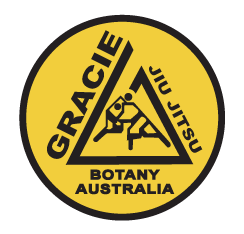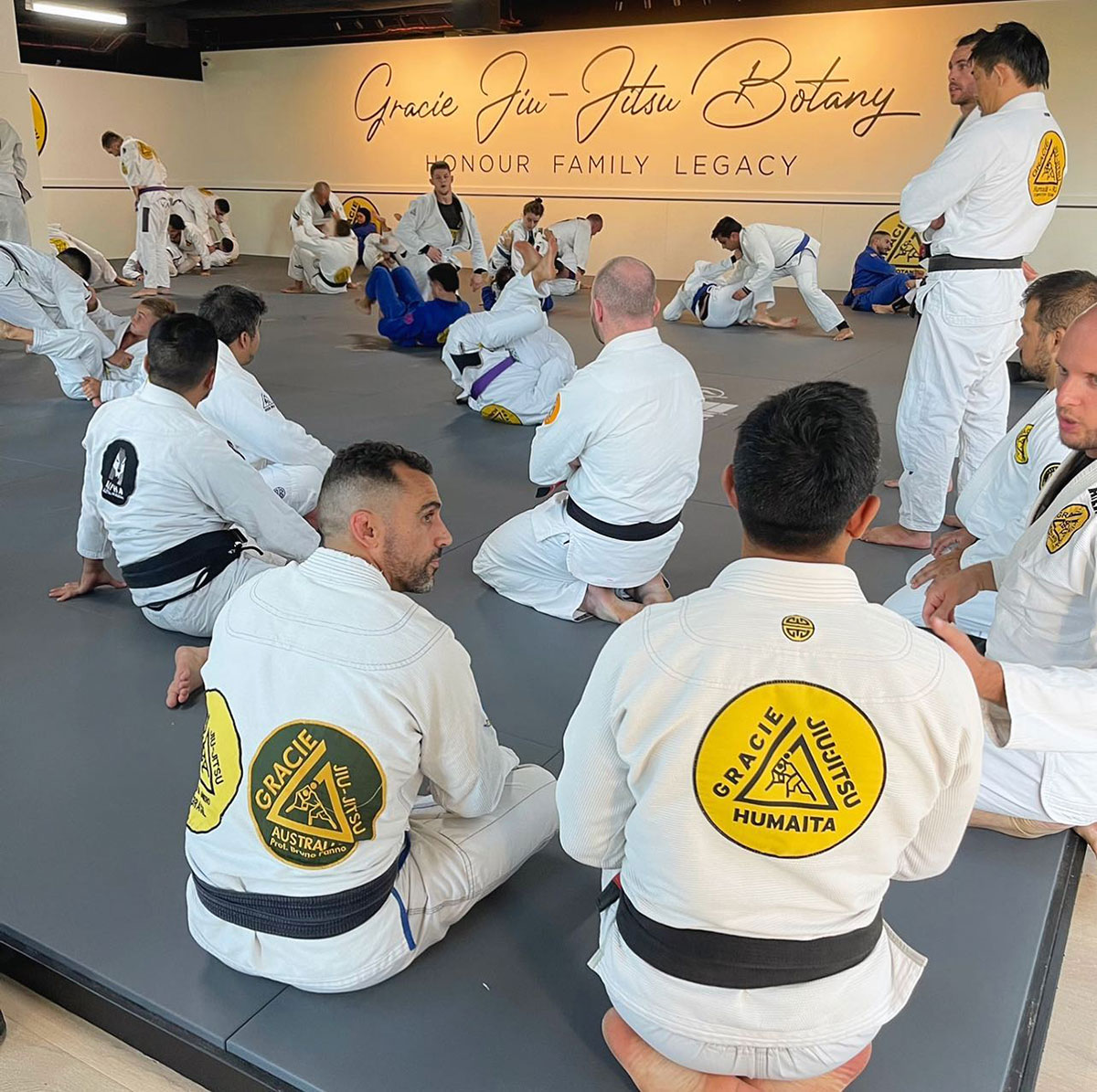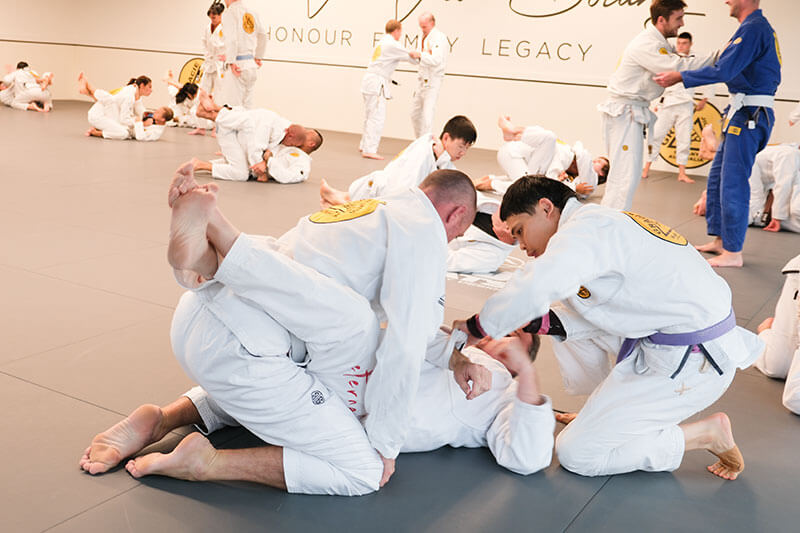Parents who want their kids to learn self defence are confronted with a hard choice: Which martial art is best? There are so many, and it can sometimes take an MMA expert to tell the difference between them.
Grappling-based martial arts like Brazilian Jiu-Jitsu (BJJ) are popular among all age groups. But parents who haven’t spent years training can often struggle to distinguish one from another. What, for example, makes BJJ different to wrestling? What about Judo? They’re all grappling arts, so what makes them different?
Gracie Botany is a Jiu-Jitsu school in Sydney’s eastern suburbs, so naturally we advocate for BJJ. But the truth is that all martial arts that have sustained the test of time – as wrestling and Judo both have – are worth training.
If you’re interested to know which may be best for you kid, read on.

What’s the difference between kids wrestling and BJJ?
BJJ and wrestling have more similarities than differences. For starters, they’re both entirely based on grappling. Children who train at Gracie Botany or a wrestling school will not learn any striking. Instead, both martial arts focus on takedowns, positional control and submissions.
Where wrestling and BJJ vary is the extent to which they prioritize these three skill sets. Jiu-Jitsu focuses more on positional control and submissions, while wrestling has a greater emphasis on takedowns.
Consider the rules of a wrestling tournament. The aim of a wrestling match is to take your opponent to the ground and pin their shoulders to the mat. Compare that to Jiu-Jitsu, where the game really only begins once both participants are on the ground. In BJJ, the ultimate goal is to systematically control your opponent and apply a submission hold. This can be done from any number of positions, including from your back.
Some wrestling does feature submission holds – what’s called “catch wrestling” – but it remains more pronounced in BJJ.
Jiu-Jitsu and the guard
These distinctions are more than aesthetic. They result in a few foundational differences between the two martial arts.
Among the most important is the guard. Imagine you’re laying on your back with someone trying to get on top of you. The area from your feet to your hips is your guard, and Jiu-Jitsu practitioners are taught to be able to defend and attack from this position.
That may sound obvious, but it has drastic implications for the logic of self-defence. Wrestling teaches students to avoid being pinned on their back at all costs. In Jiu-Jitsu, you’re taught how to defend and attack from your back (among many other positions). The sacrifice Jiu-Jitsu practitioners make is that they’re often less skilled at takedowns as wrestlers.
Judo is almost a mixture of the two martial arts. Like Jiu-Jitsu, competitors wear Gis (as compared to wrestlers, who wear rashguards or tights). Like wrestling, the goal of Judo is to take your opponent from standing to the ground.
Is wrestling or BJJ better for kids?
Instead of thinking of one martial art as being better than the other – which is a subjective assessment – it’s better to compare their strengths. Doing so will allow you to decide which is more valuable to you or your kid.
Since wrestling ends when your mat is pinned, it’s a much more explosive and dynamic martial art than Jiu-Jitsu. The upside is that wrestlers tend to be better conditioned athletes than Jiu-Jitsu practitioners. The downside is that wrestling favours athleticism far more than Jiu-Jitsu.
In BJJ, tactics and technique are king. They’re important in wrestling too, but power, explosivity and endurance are far greater assets in wrestling than they are in Jiu-Jitsu.
Jiu-Jitsu is designed to be a self-defence system that works for everyone. The skills kids learn at Gracie Botany are developed on the principle that they’ll work against larger and more powerful opponents. Wrestlers, on the other hand, train hard to gain the athleticism required to make many of the techniques work.
Finally, there’s the element of injury risk. Jiu-Jitsu is a remarkably safe martial art. Because there are no strikes and limited focus on takedowns, injuries are more improbable than in other martial arts. Wrestling also eschews strikes, but there is injury risk associated with takedowns, as slamming is a recurring feature of wrestling classes.
Both martial arts are valuable for kids and adults to study. Though we prefer Jiu-Jitsu, what you sign your kid up for largely depends on whether you’re interested in conditioning (wrestling) or self-defence (BJJ).
If you’re interested in signing your kid up to self-defence classes, come into Gracie Botany for a free trial.



